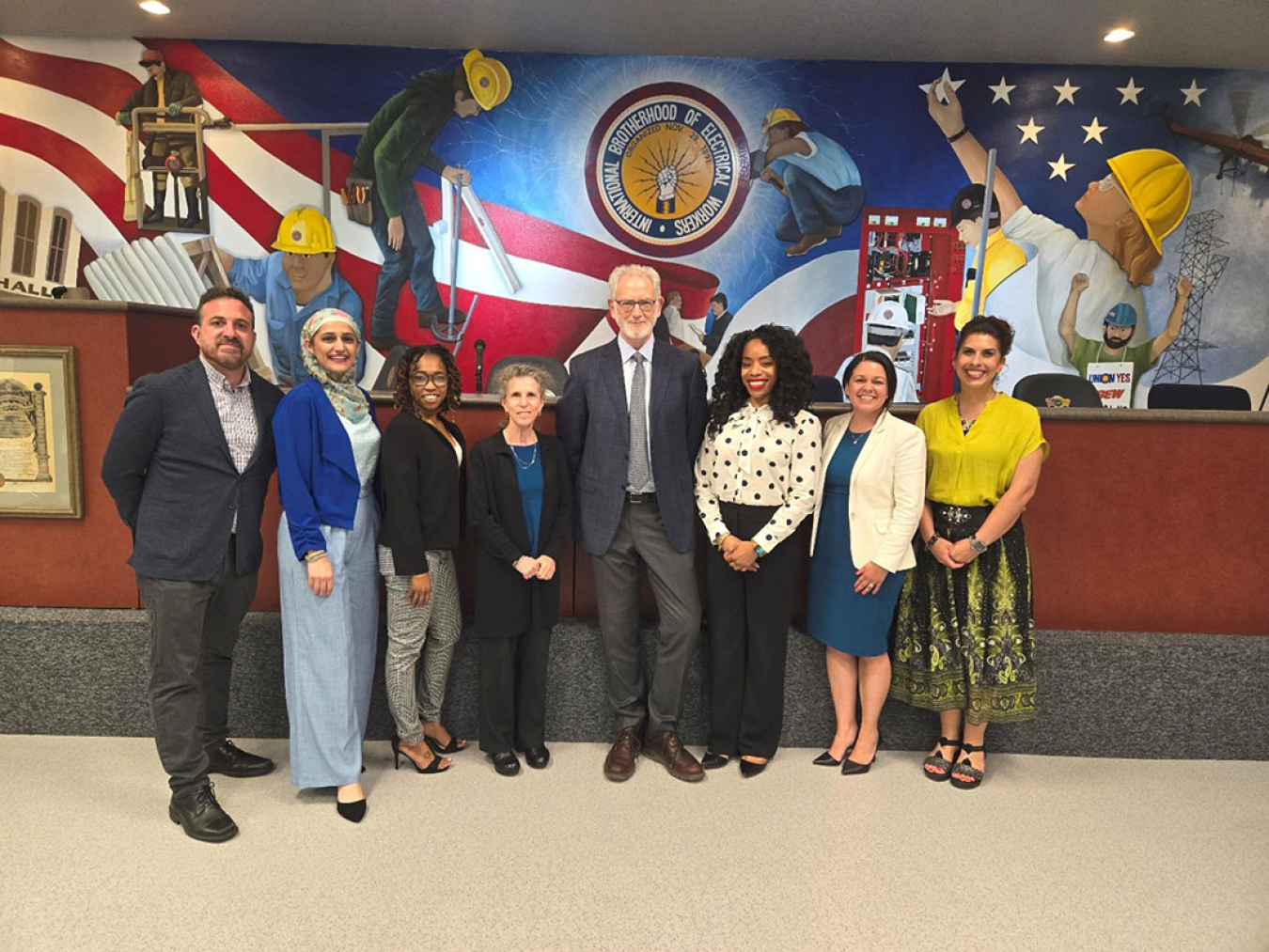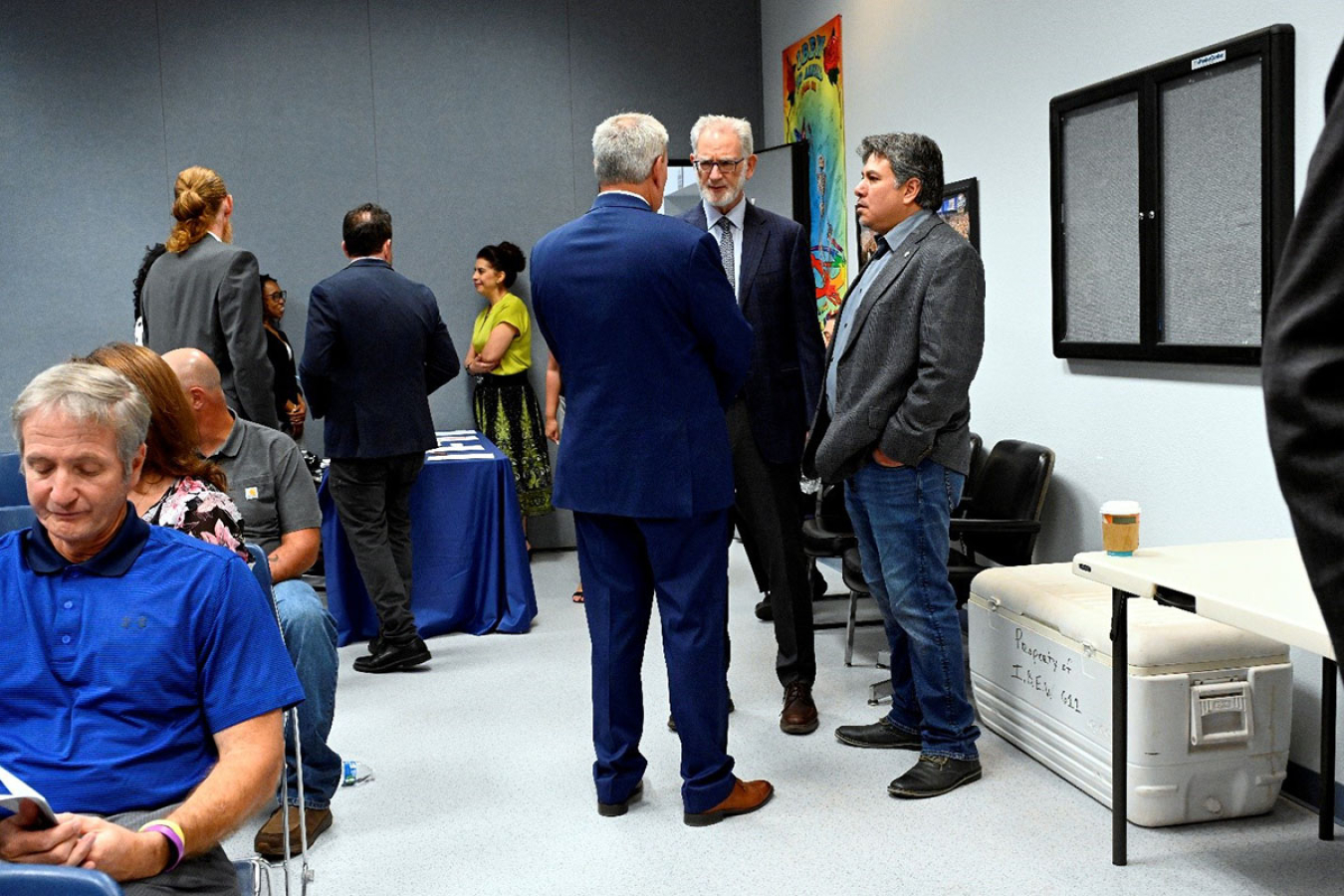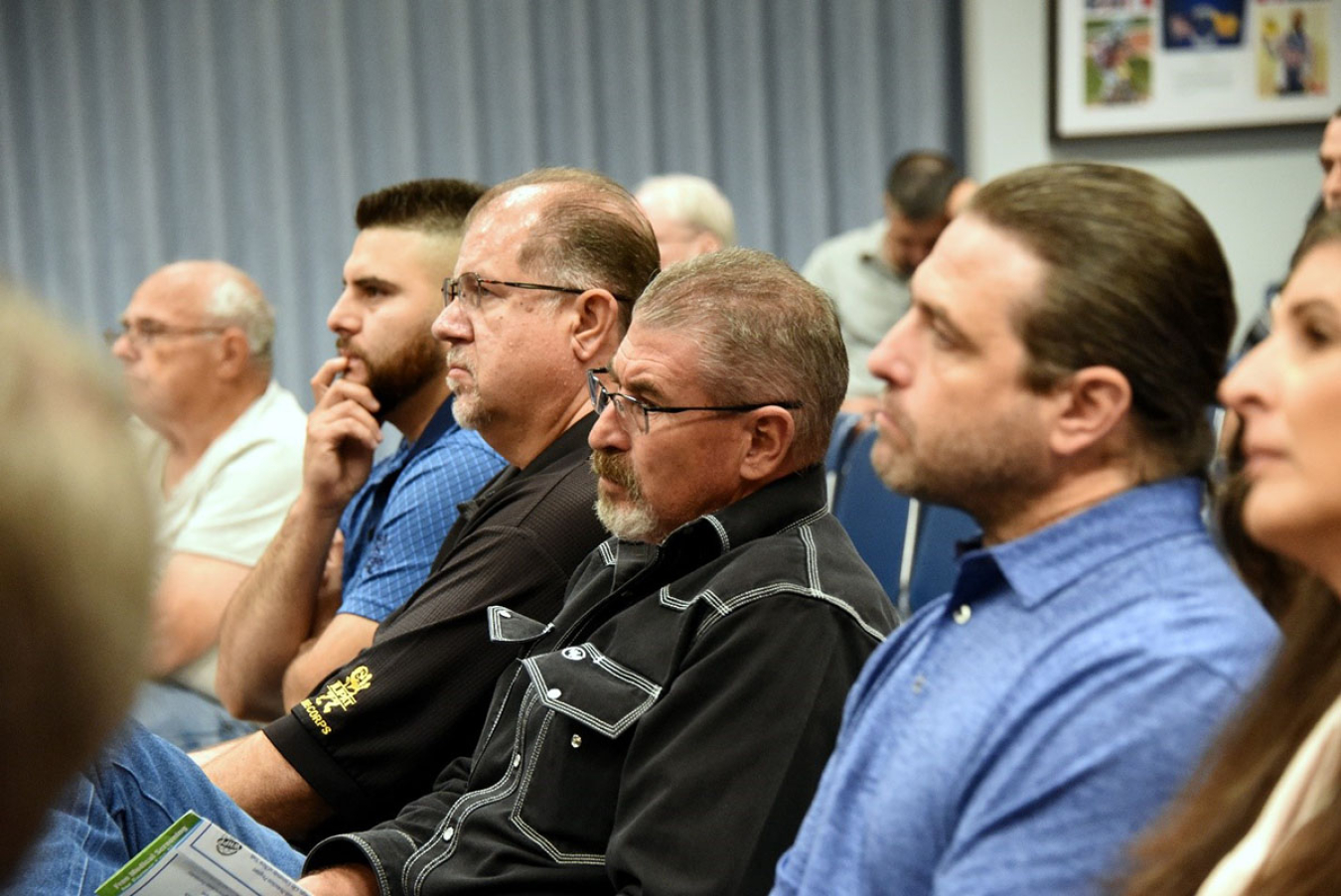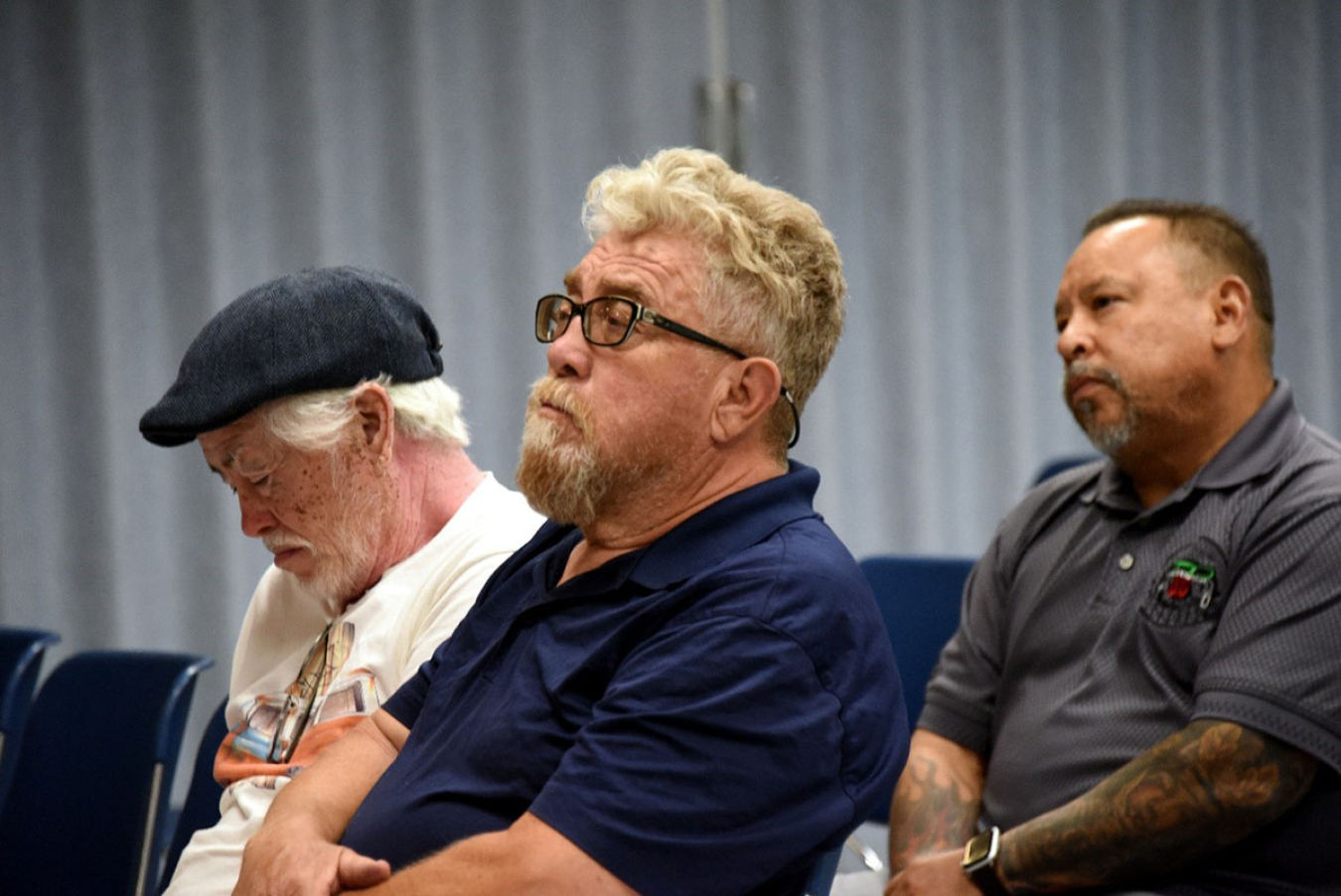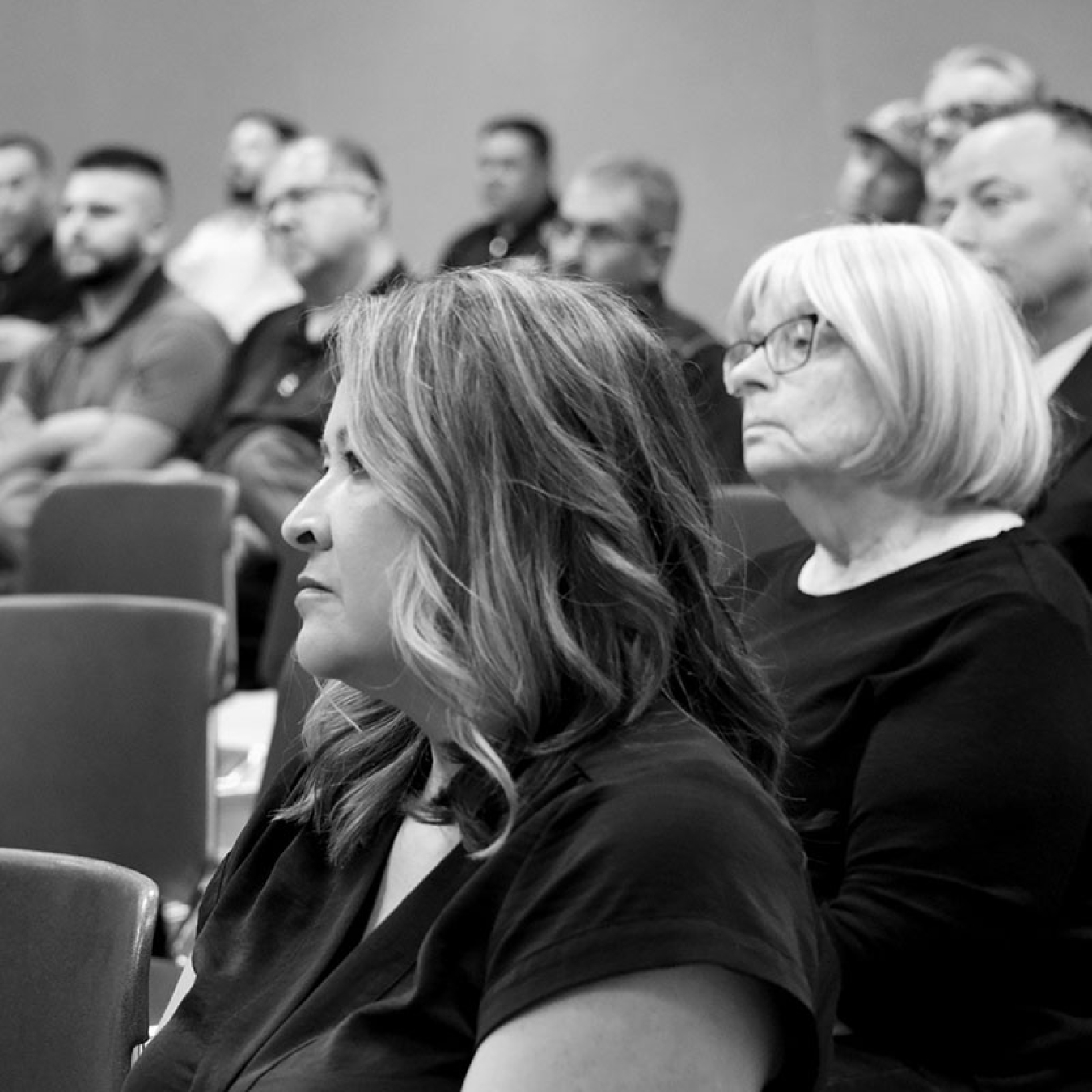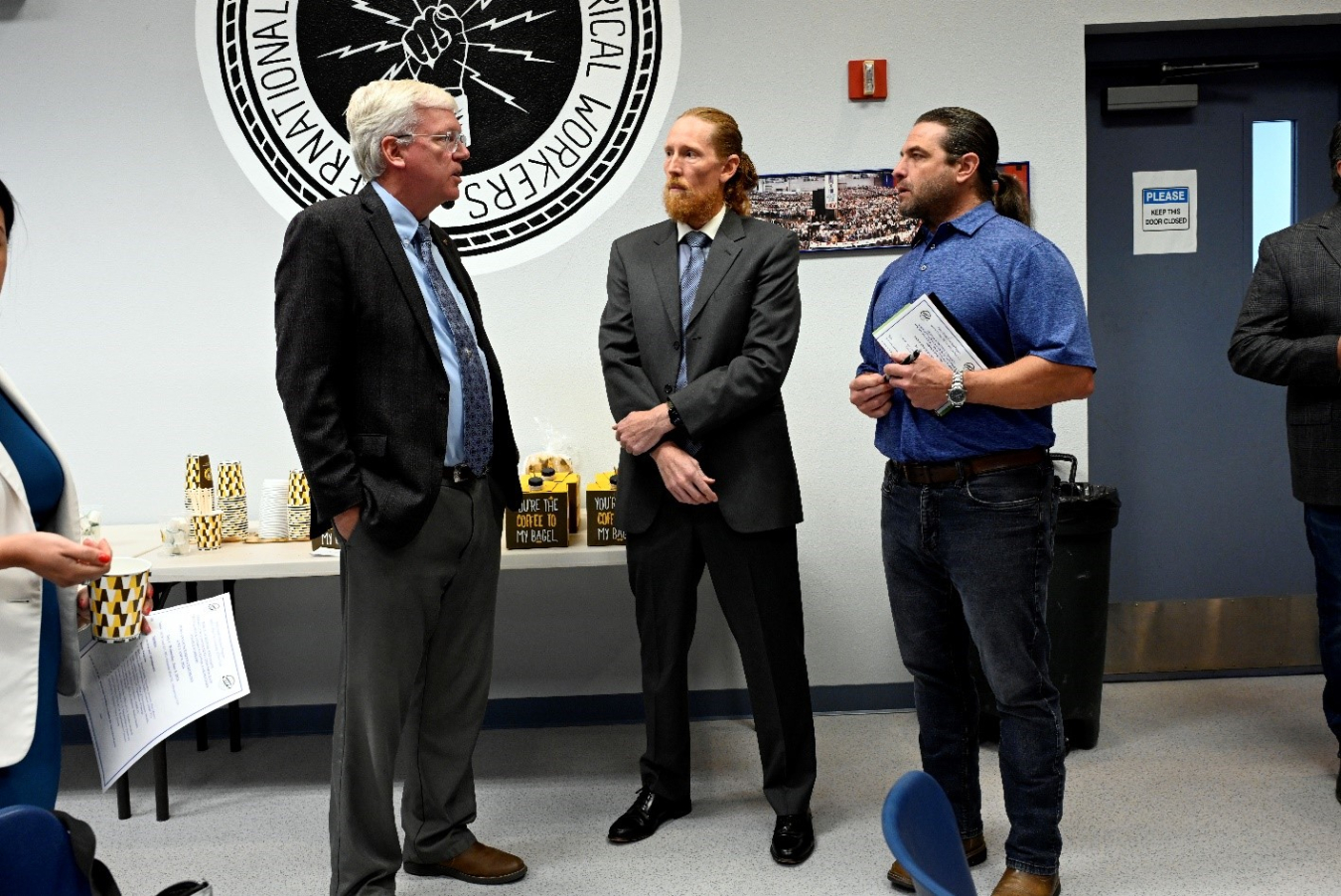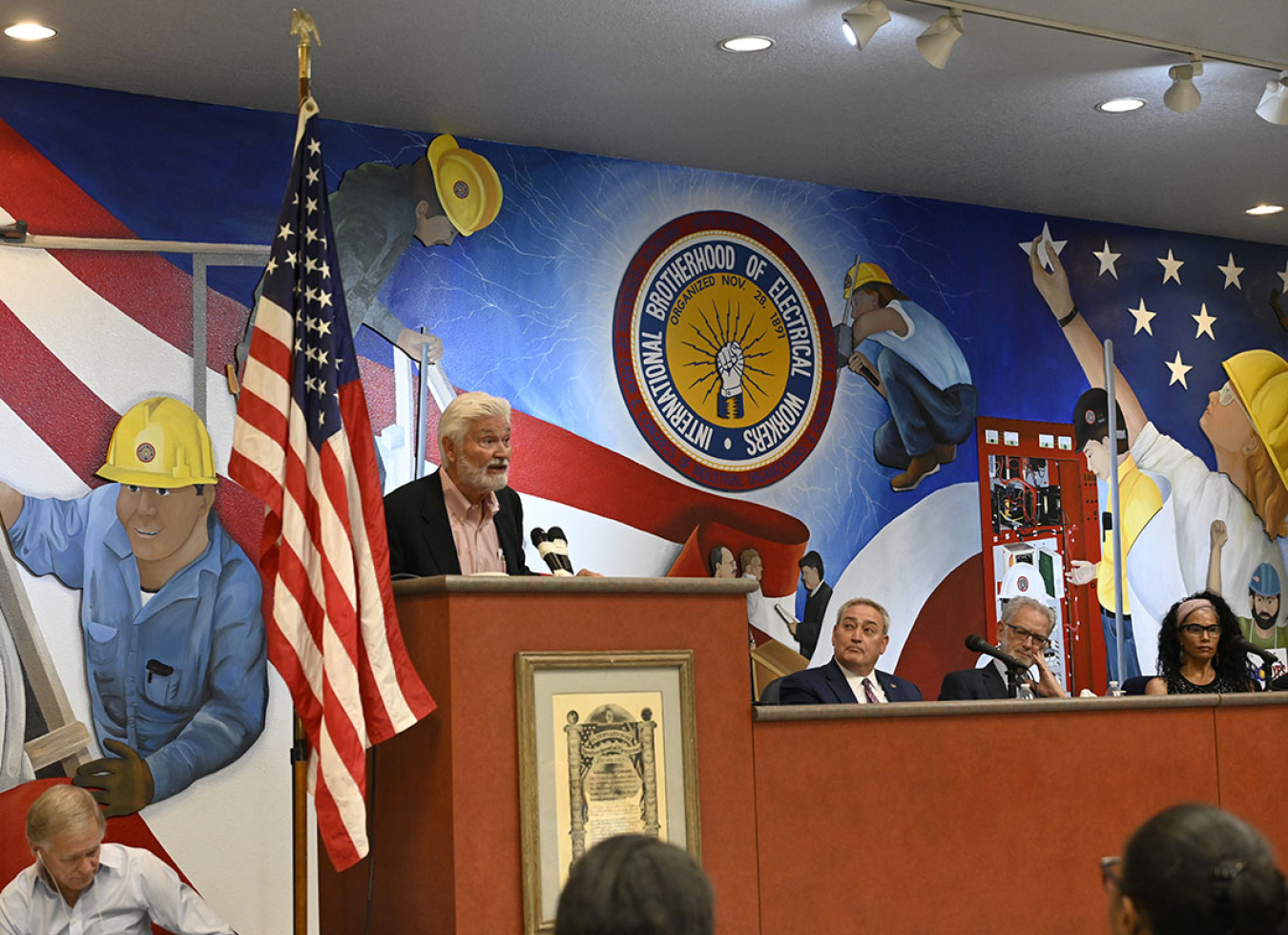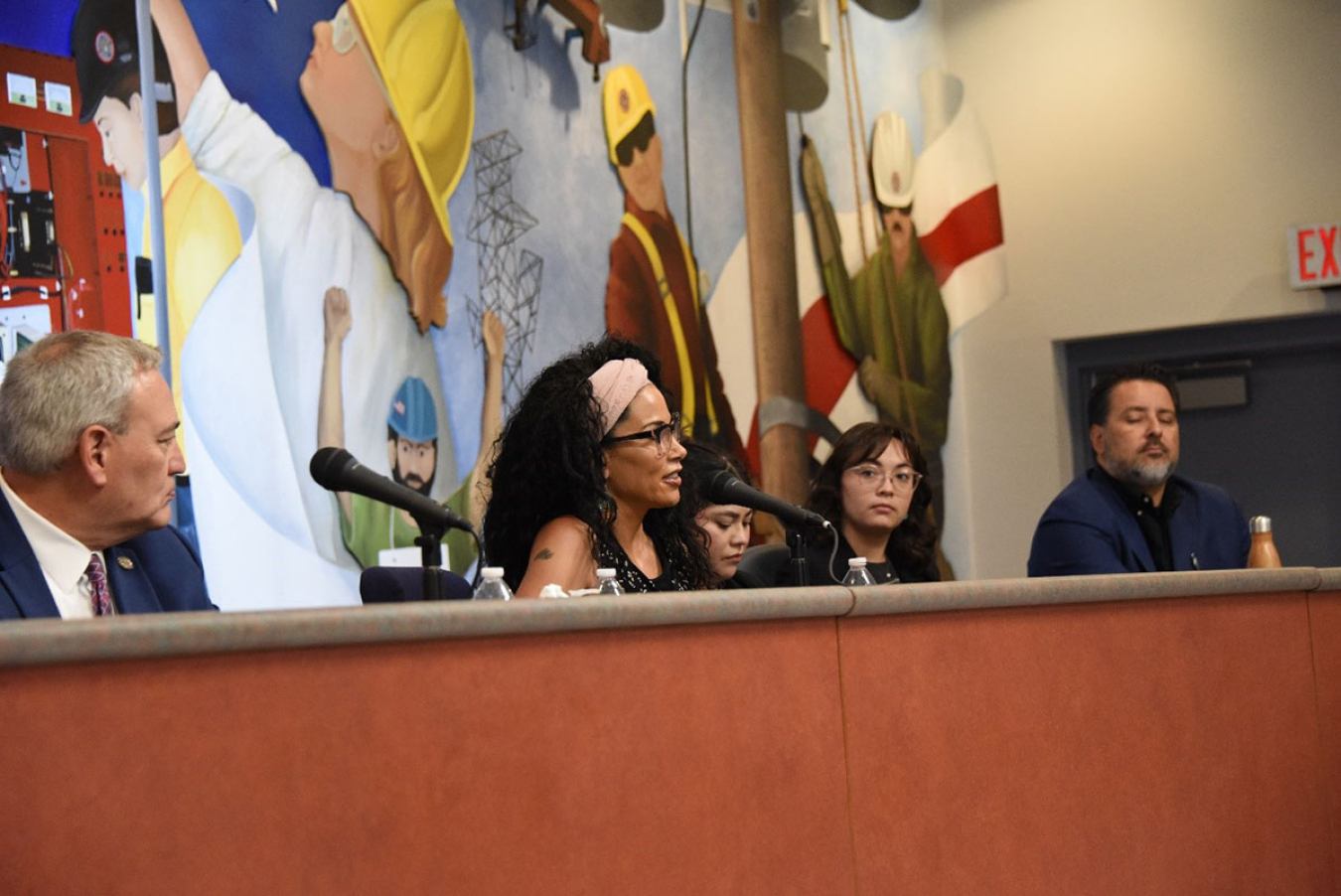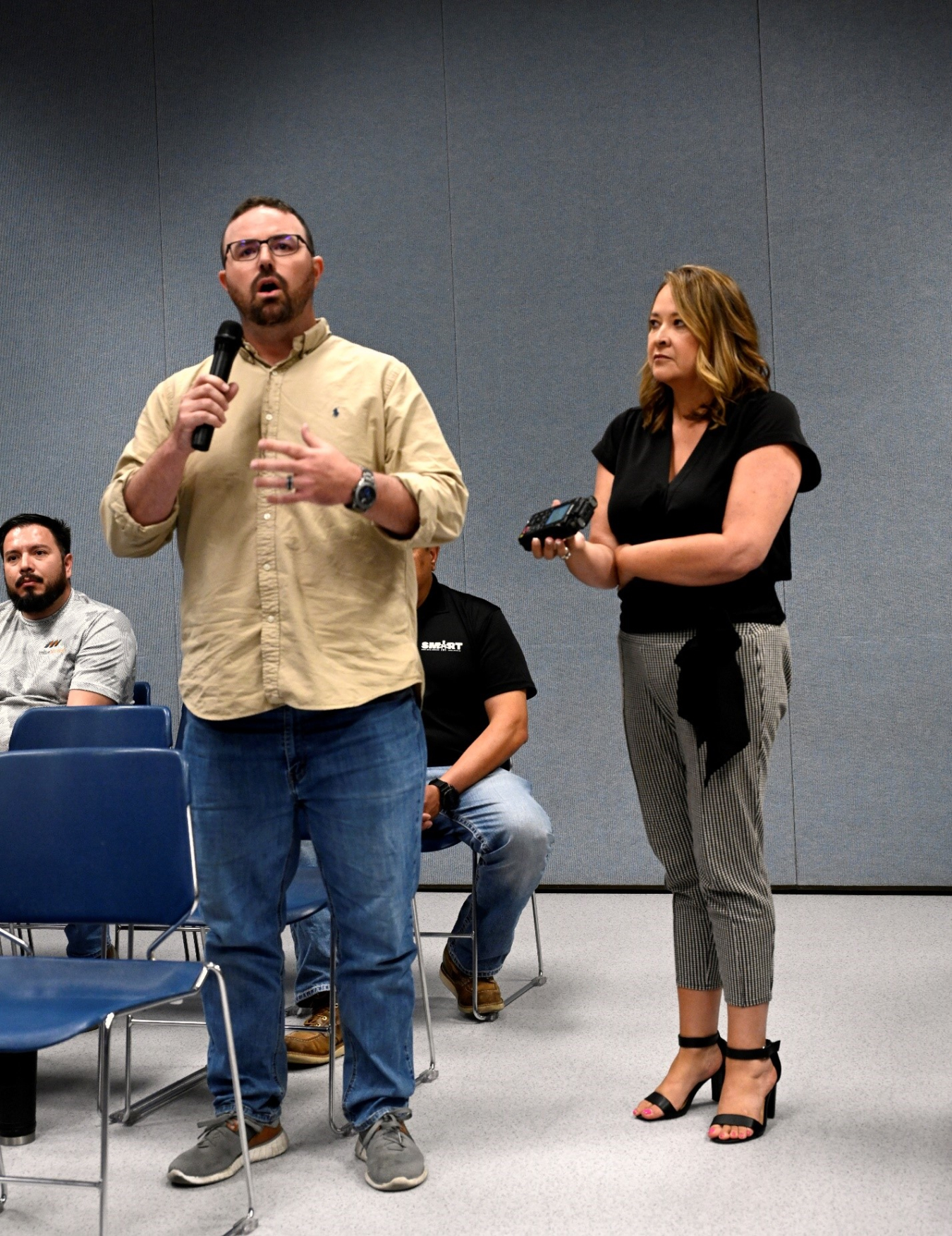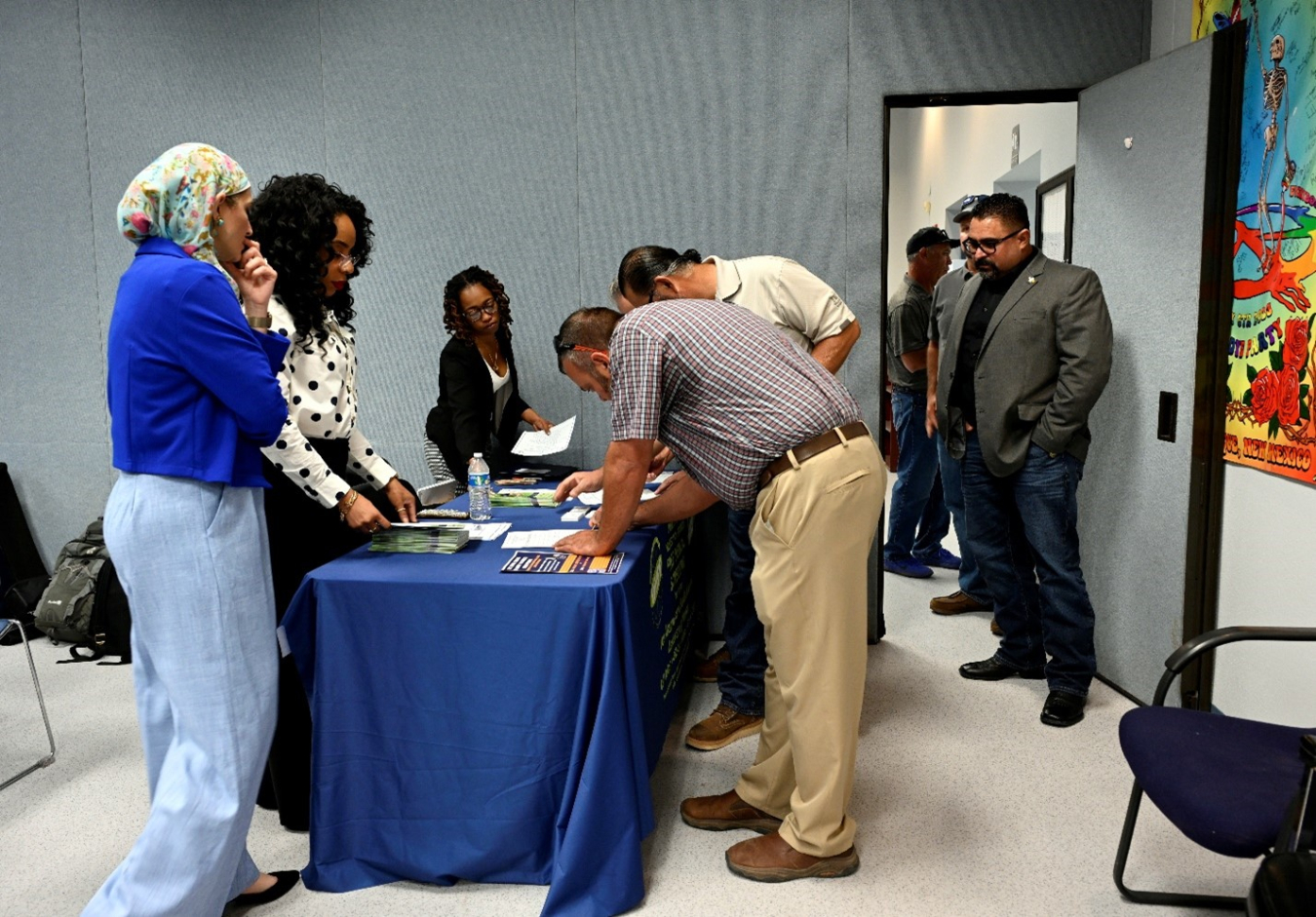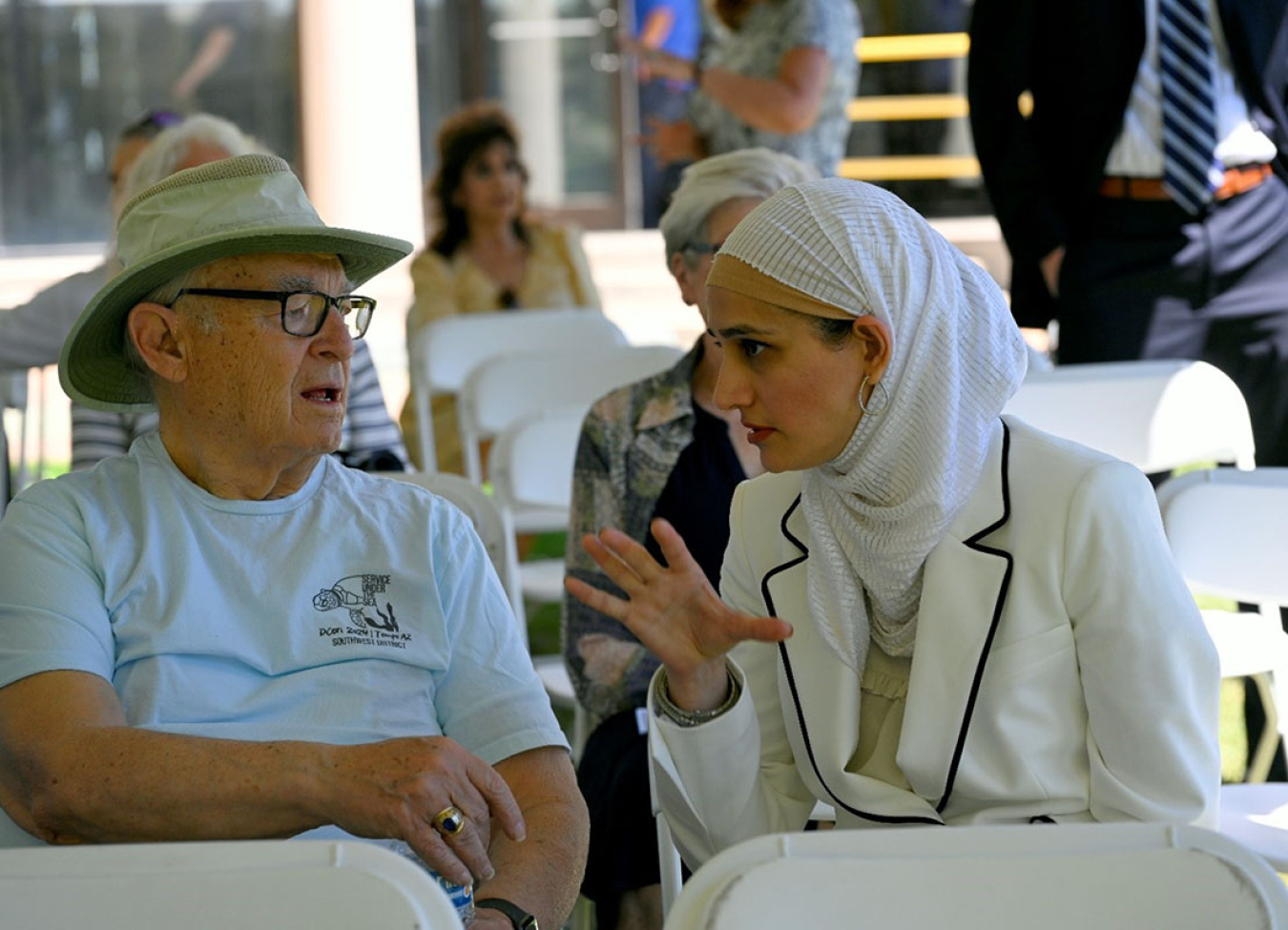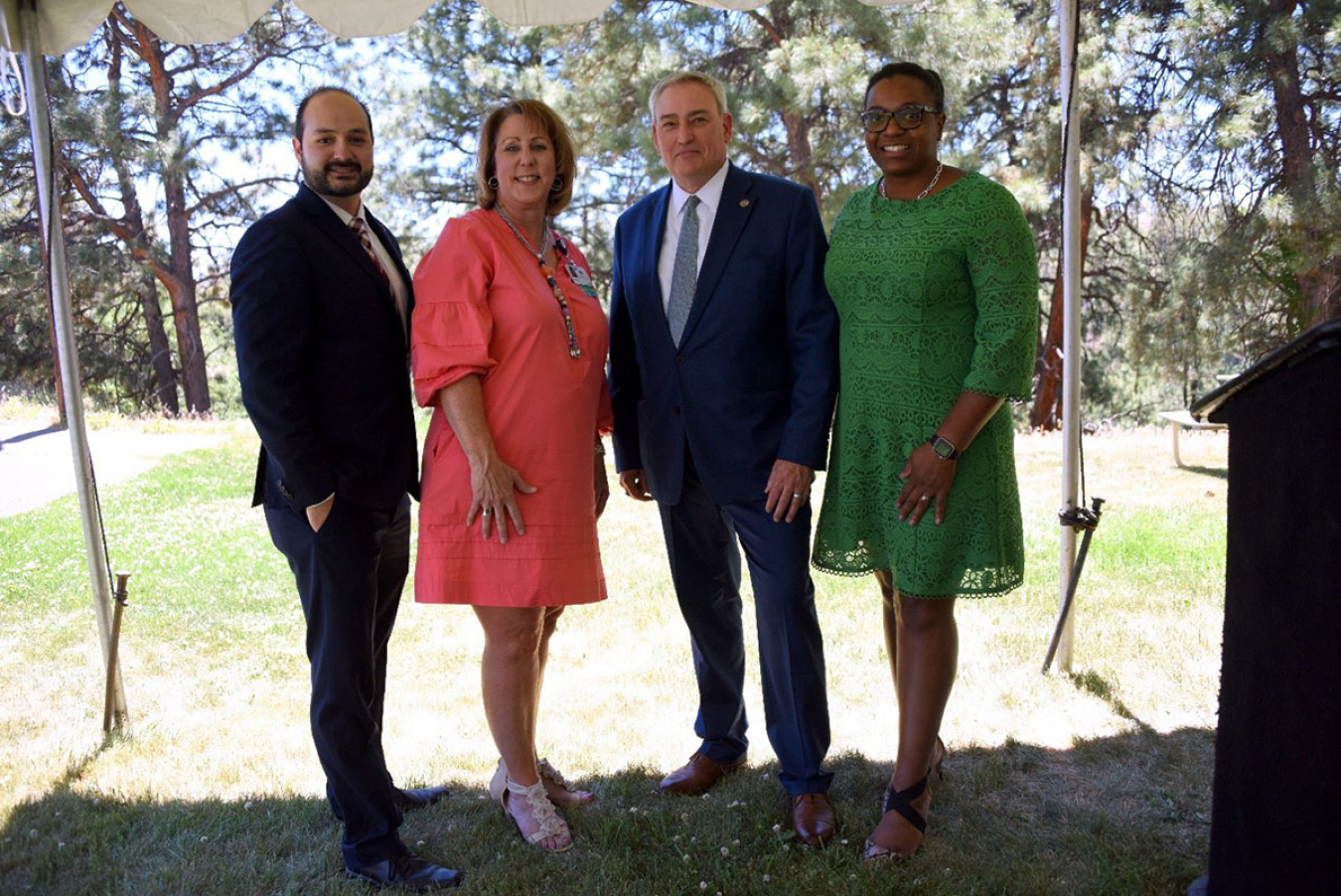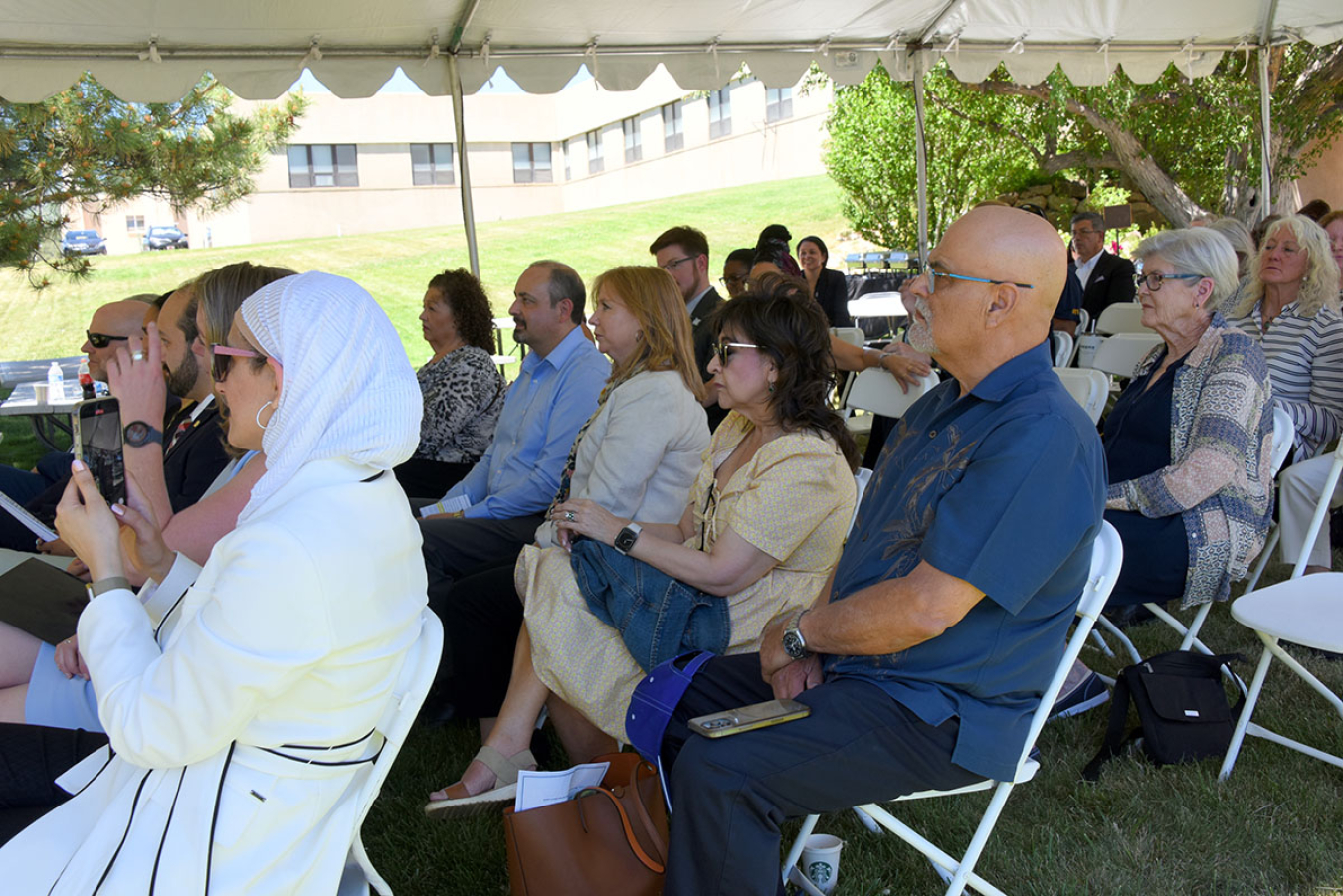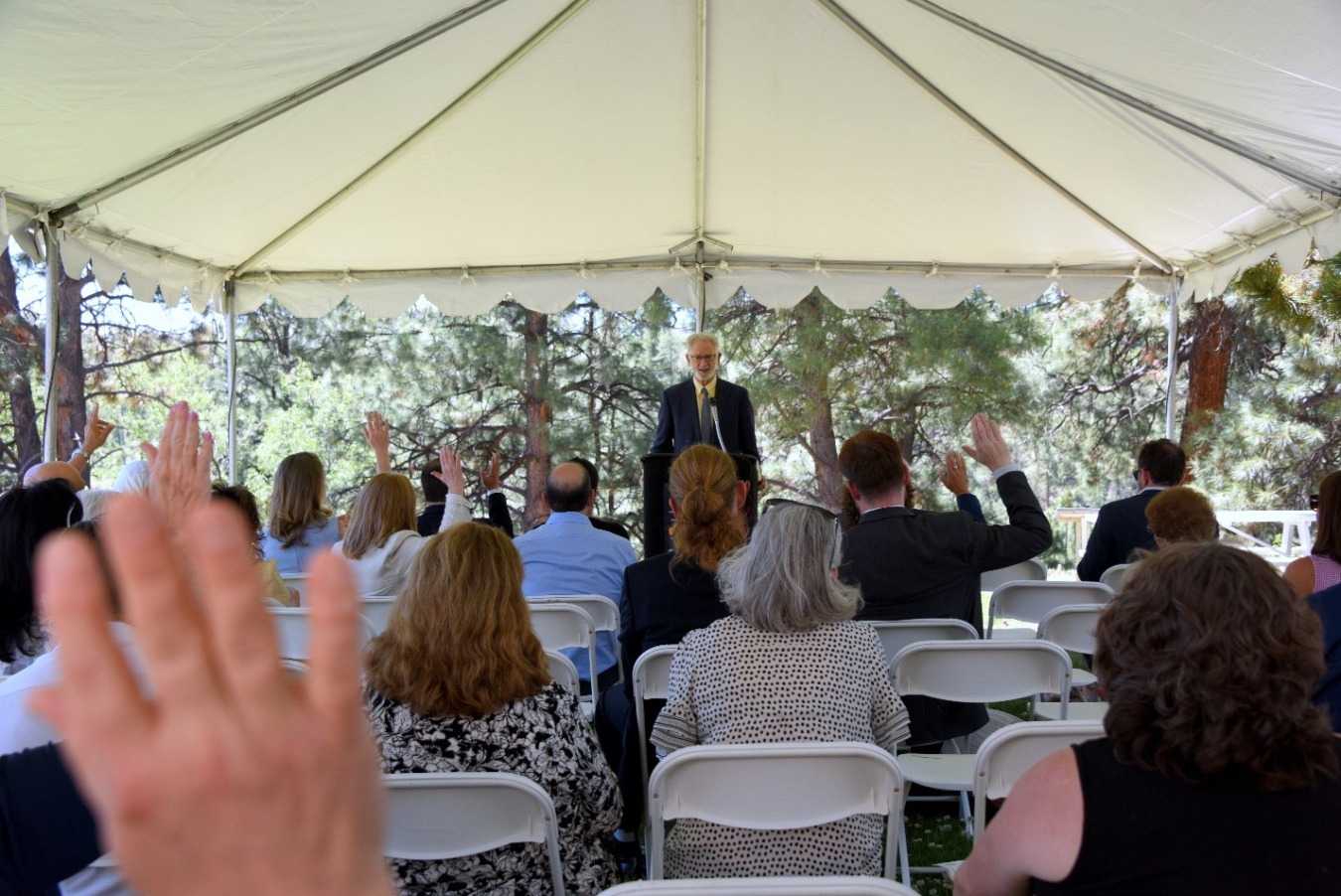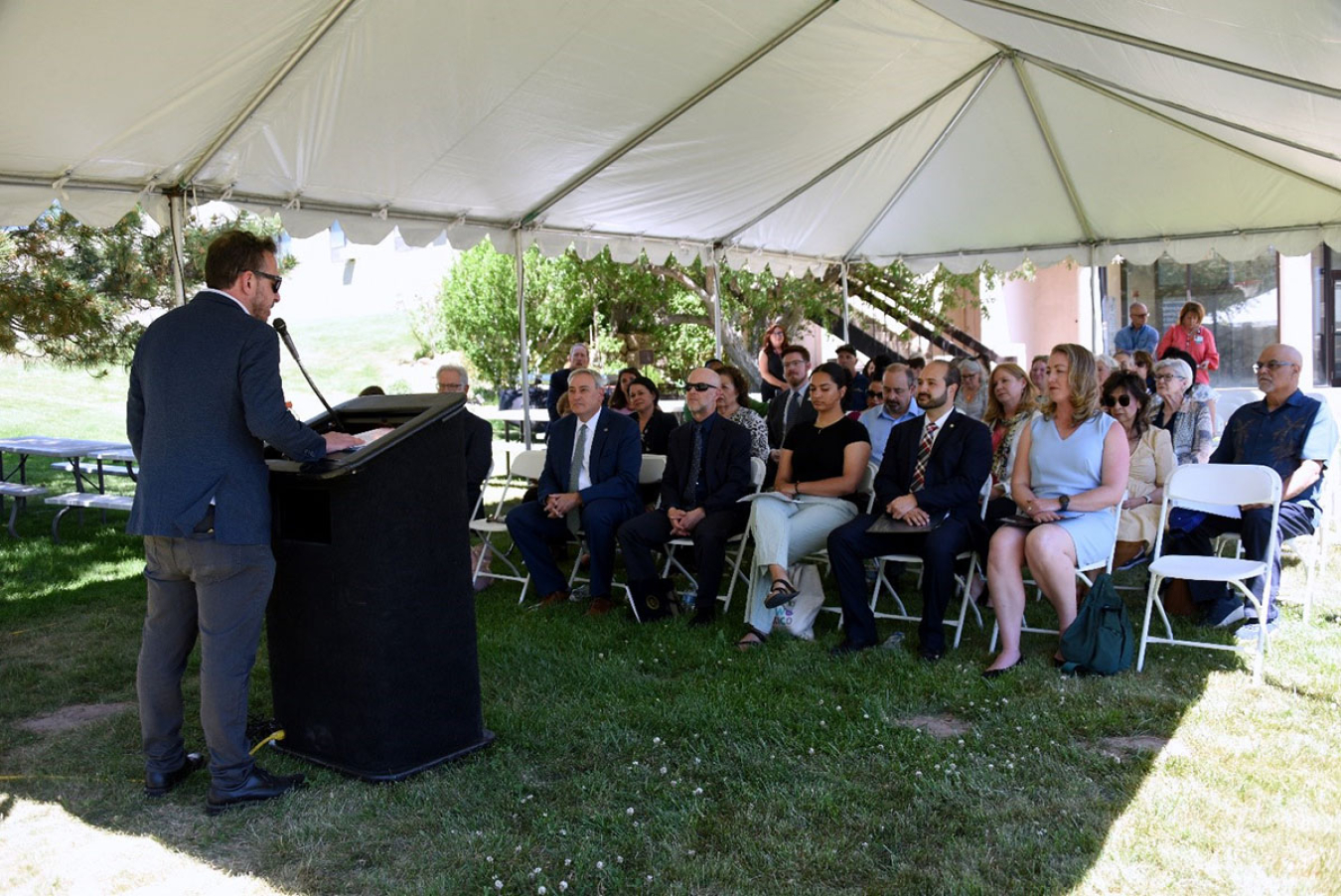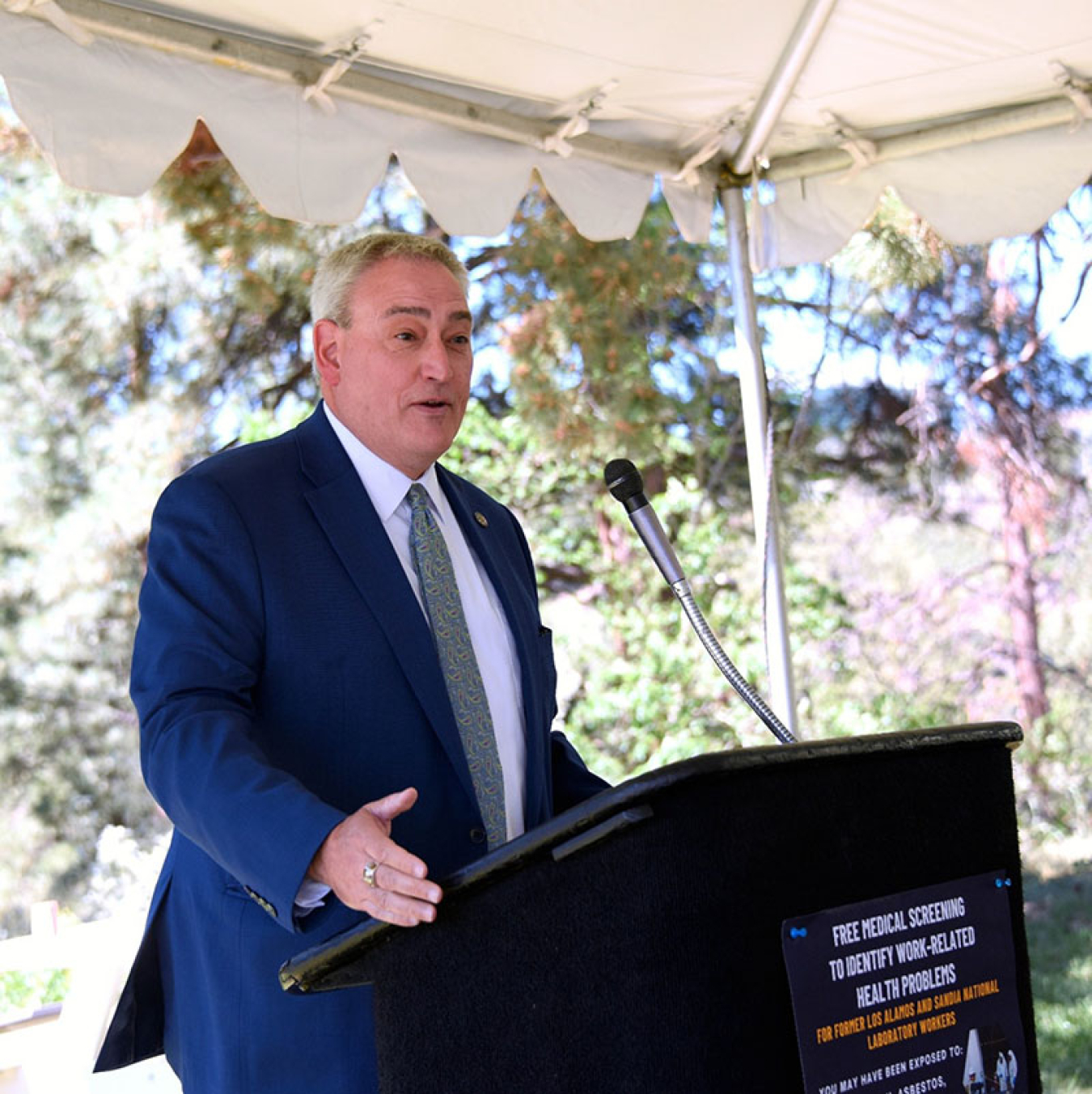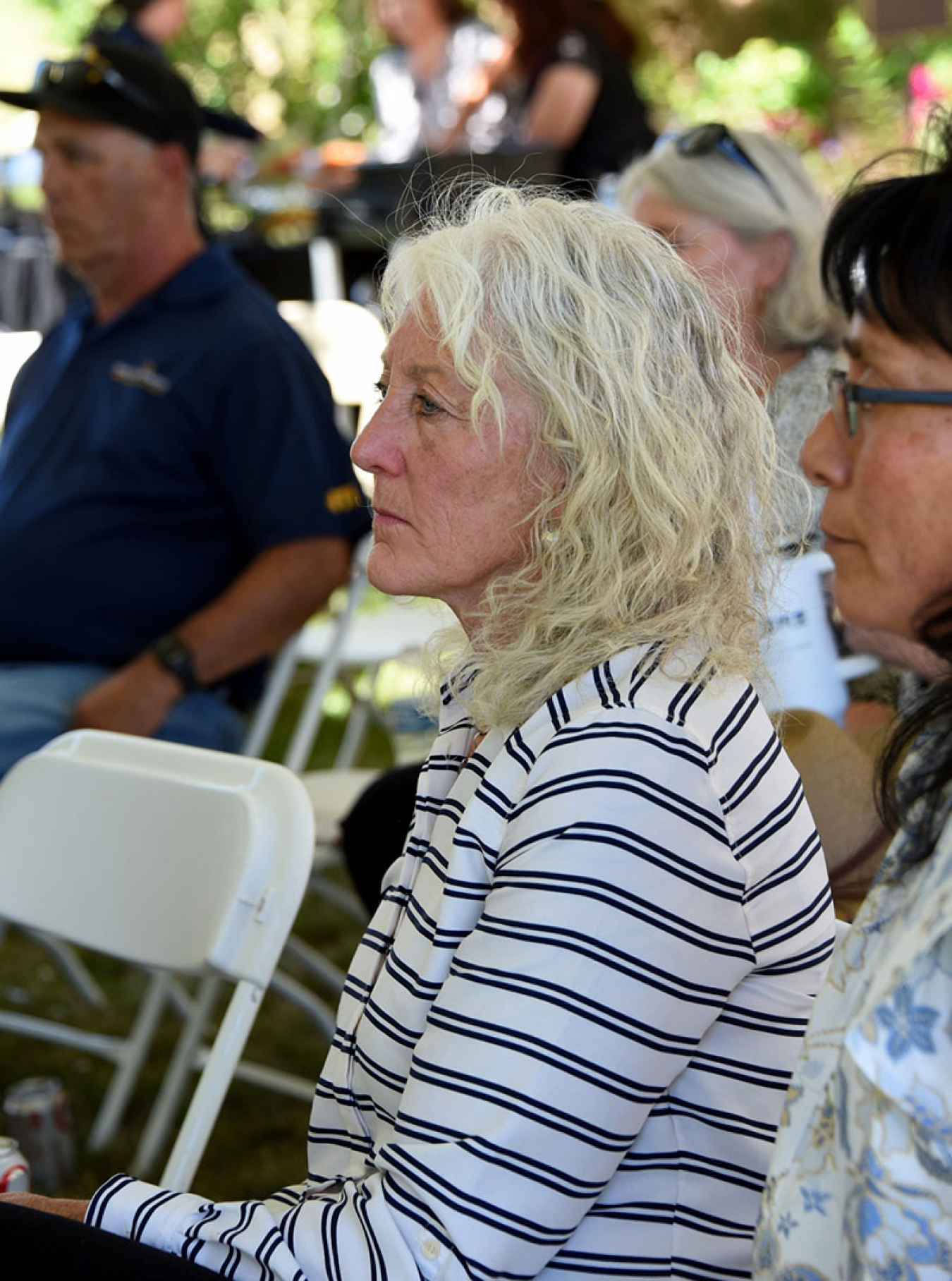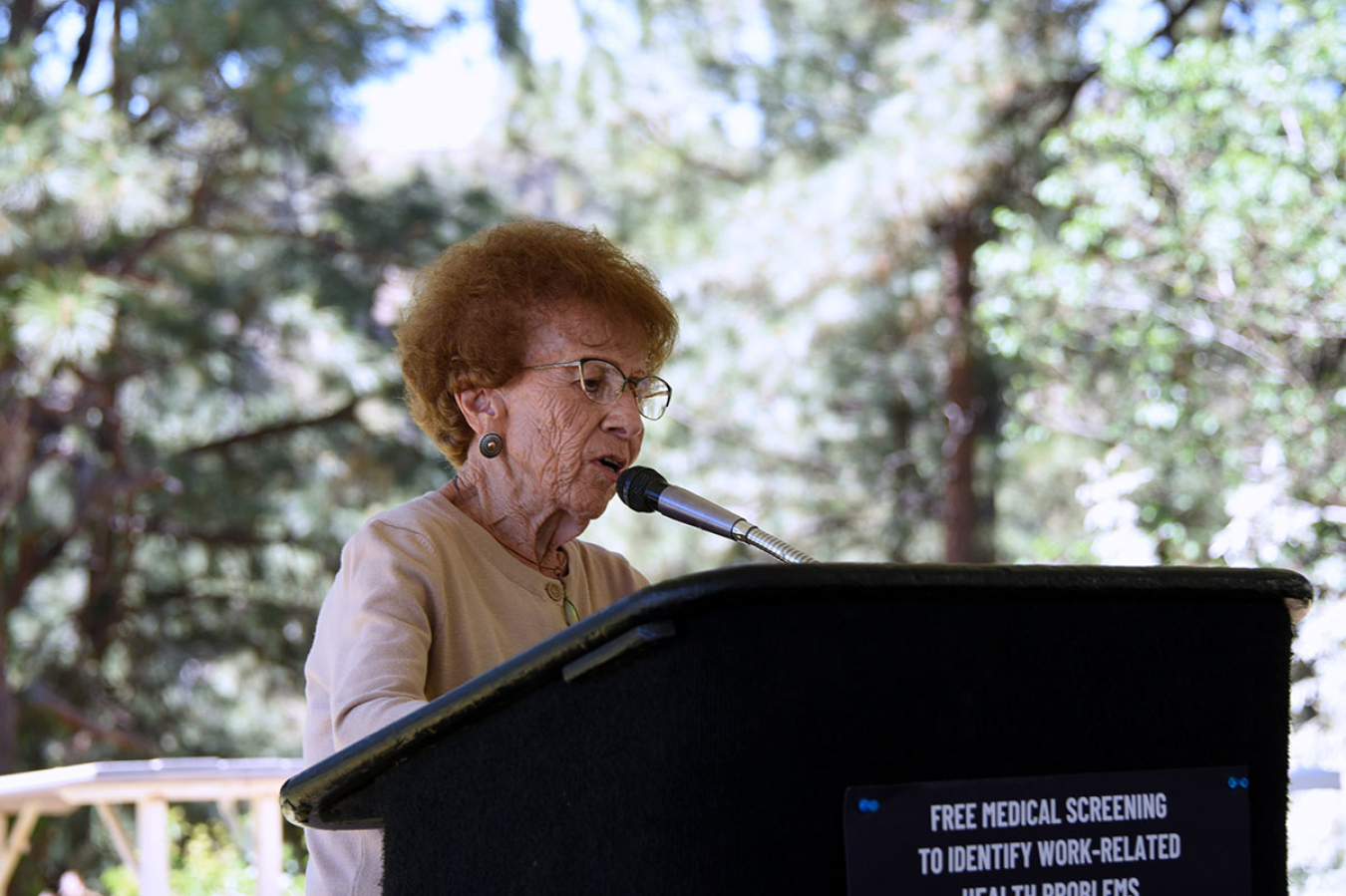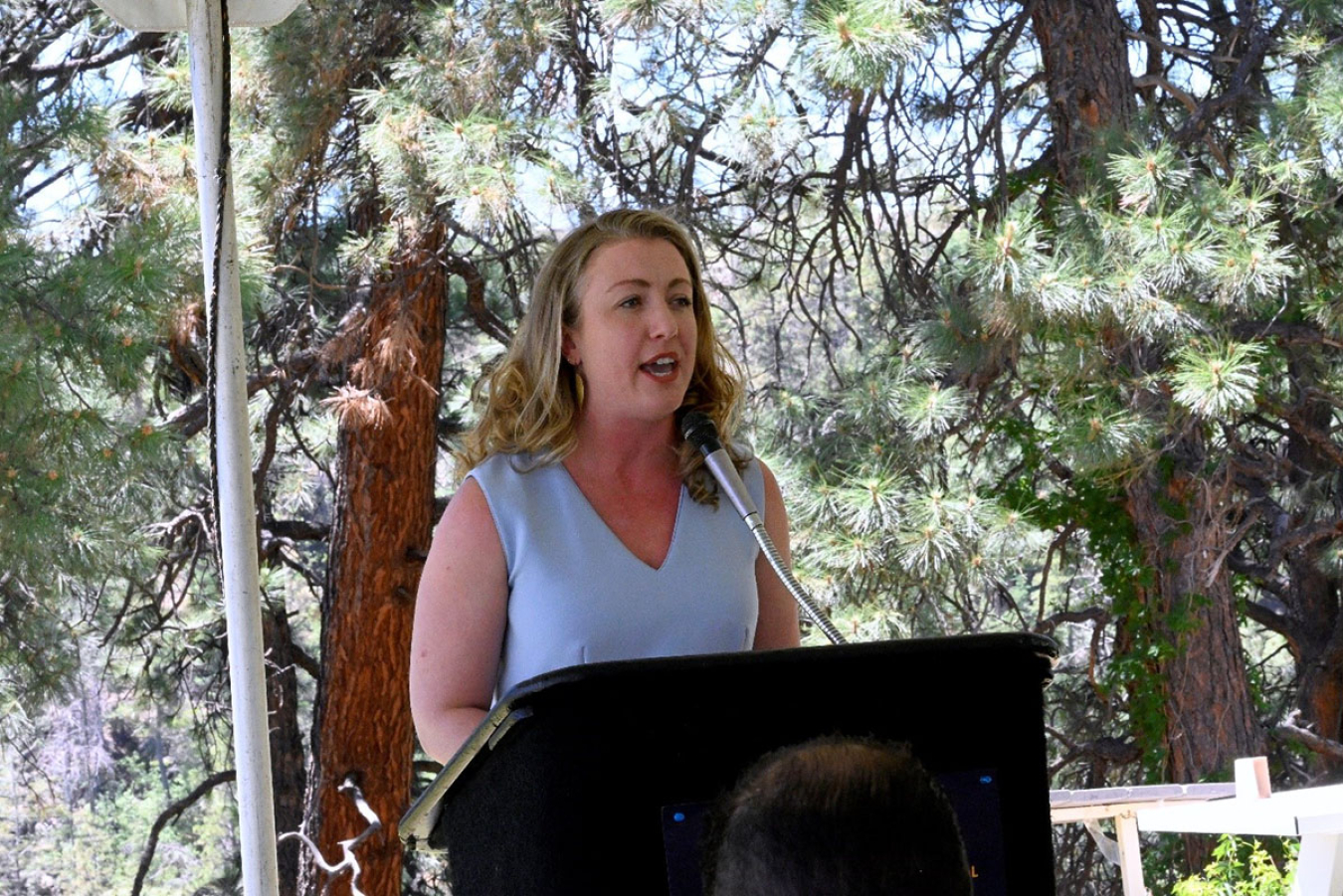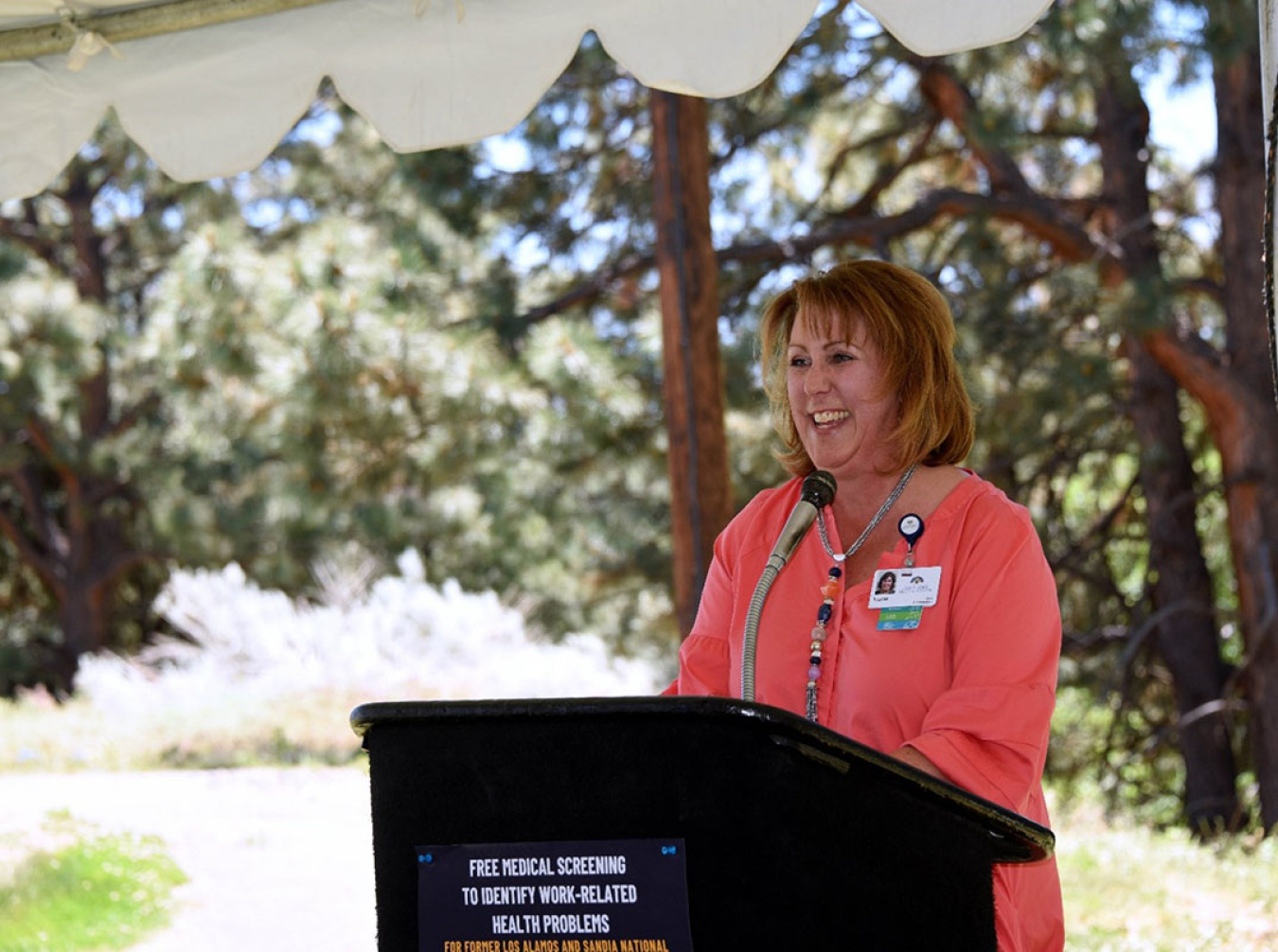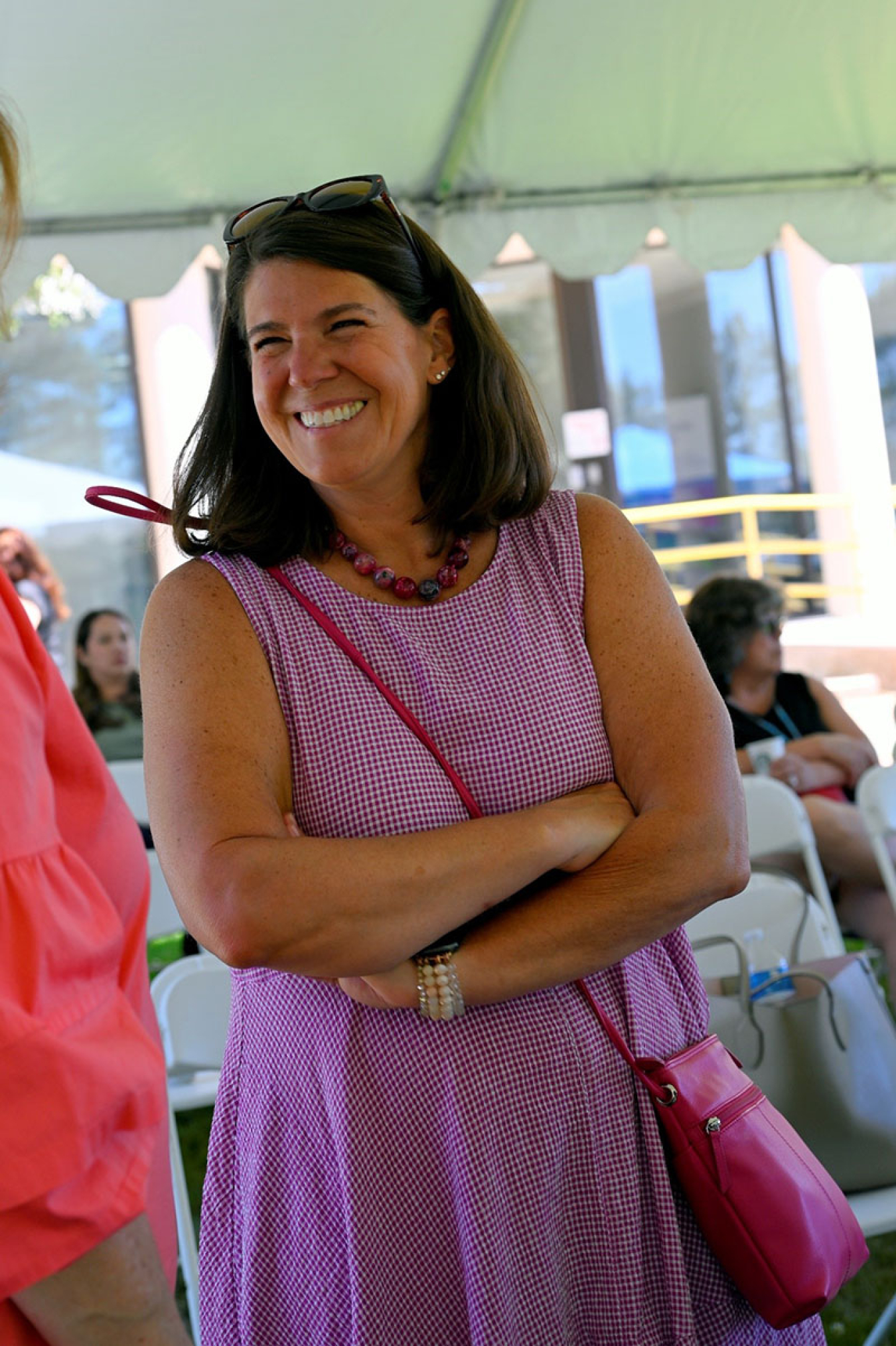Former Worker Program expands Free Medical Screening to Former Energy Department Employees in NM and Introduces Early Lung Cancer Detection with Low-dose CT Scan
Office of Environment, Health, Safety & Security
June 21, 2024Written by: Shelly-Ann Sinclair, Chief of Staff
Office of Environment, Health, Safety and Security (EHSS-1)
U.S. Department of Energy
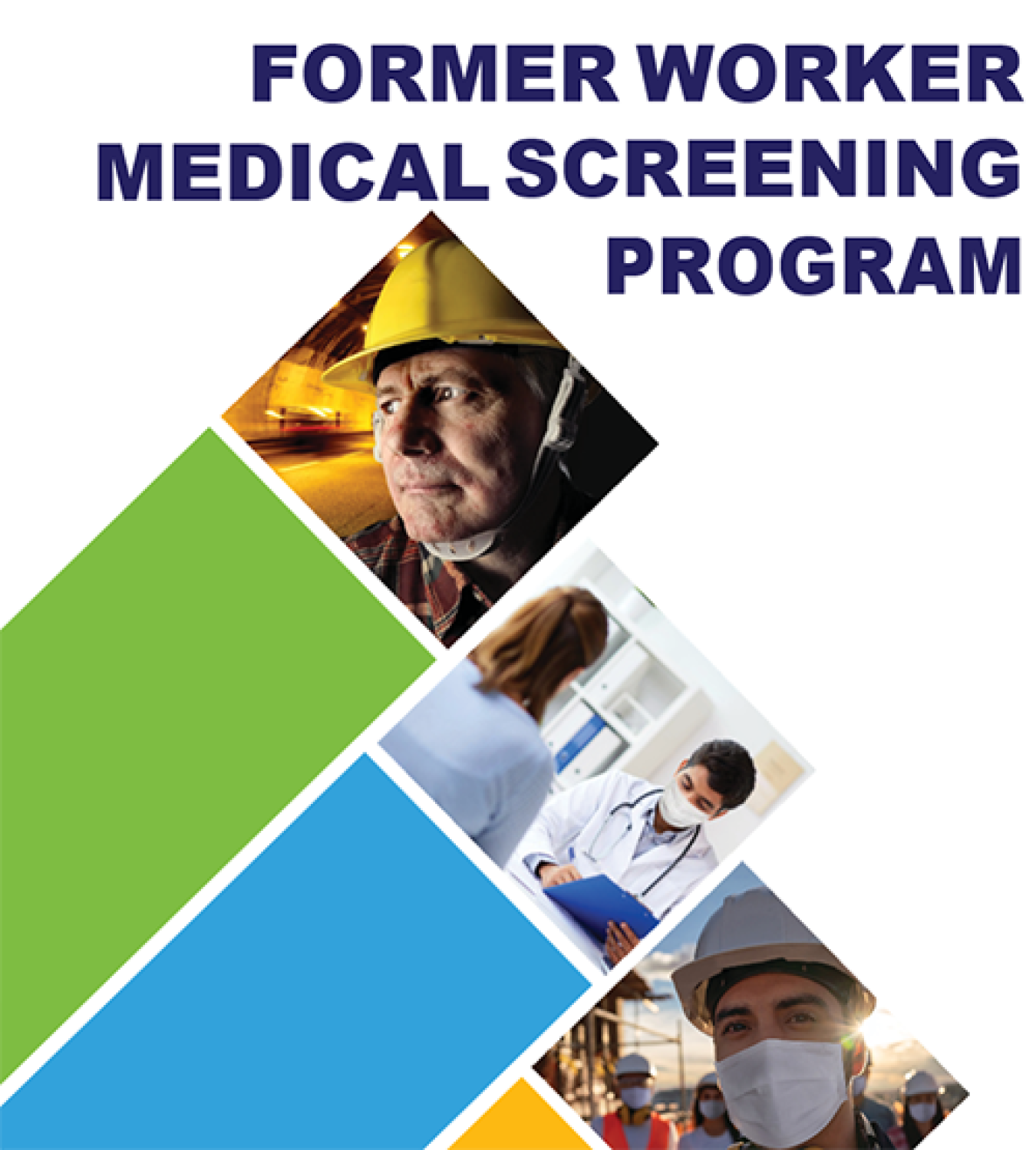
In early June, the Worker Health Protection Program[1] and officials from the U.S. Department of Energy held a successful two-day event in New Mexico to announce the expansion of medical screening and the introduction of an early lung cancer screening program with annual low-dose chest CT scans for high-risk former workers from Sandia National Laboratories (Sandia) and Los Alamos National Laboratory (LANL).
The first day’s event was held on June 5 in Albuquerque and hosted by the International Brotherhood of Electrical Workers (IBEW) Local 611. We were pleased to have many former workers in attendance where they had the opportunity to sign up for Former Worker Program (FWP) medical screenings and also ask questions about the program expansion. Key speakers included Todd Lapointe, Director, DOE’s Office of Environment, Health, Safety and Security; Dr. Steven Markowitz, co-director, the Worker Health Protection Program; our host Brian Condit, Executive Director, New Mexico Building and Construction Trades Council; Edward Tabet-Cubero, Office of U.S. Senator Heinrich; DeChellie Gray, Office of U.S. Representative Stansbury; Annie Quintana, Office of U.S. Representative Vasquez; and Rachel Davis, American Cancer Society.
On June 6, the second day’s event was held in Los Alamos and hosted by the Los Alamos Medical Center. We were pleased to have Todd Lapointe, Steven Markowitz, and Rachel Davis provide remarks again as well as our host Tracie Stratton, CEO, Los Alamos Medical Center; Rita O’Connell, Office of U.S. Senator Heinrich; Eric Chavez, Office of U.S. Senator Lujan; Matt Miller, Office of U.S. Representative Fernández. Additionally, we had the honor to have Ms. Rebecca Trujillo of Española, a retired and former LANL worker, provide remarks at the event. In 1999, Ms. Trujillo retired from her position at LANL where she worked on computers and in 2000, she began to work for the FWP with the opening the Española office that same year. Trujillo retired from the FWP in March 2023, but noted during her remarks that when she is out and about, former workers who she assisted through her efforts with the FWP will often come up to her and thank her for saving their lives. She understands firsthand the impact the FWP medical screening program. We also had several former workers and other health professionals who came out to learn about the expansion in the area.
To date, over 16,000 former DOE workers at high risk of lung cancer at select sites throughout the country have participated in low-dose CT scanning through the FWP. The primary goal of lung cancer screening is to detect cancers in an early stage, before symptoms occur and when cure is likely. The expansion of lung cancer screening to DOE workers in New Mexico will be beneficial to program participants and beyond. At present, only 2% of people eligible for lung cancer screening in the state are currently screened. Promoting occupational lung cancer screening for DOE workers in New Mexico will not only benefit the intended population, but it will raise awareness of this life-saving screening to others at-risk of lung cancer throughout the state.
Please click here for more information about the Former Worker Medical Screening Program
For more information, visit the Worker Health Protection Program at http://www.worker-health.org
[1] Occupational health experts at the City University of New York and the Johns Hopkins University Bloomberg School of Public Health independently administer the Former Worker Program, with funds provided by the DOE through a cooperative agreement (Award Number DE-FC01-06EH06008). The DOE Former Worker Medical Screening Program (FWP) provides free medical screenings and evaluations for former DOE federal, contractor, and subcontractor workers to assess and address potential health risks and occupational diseases related to their work in the nuclear weapons complex.
